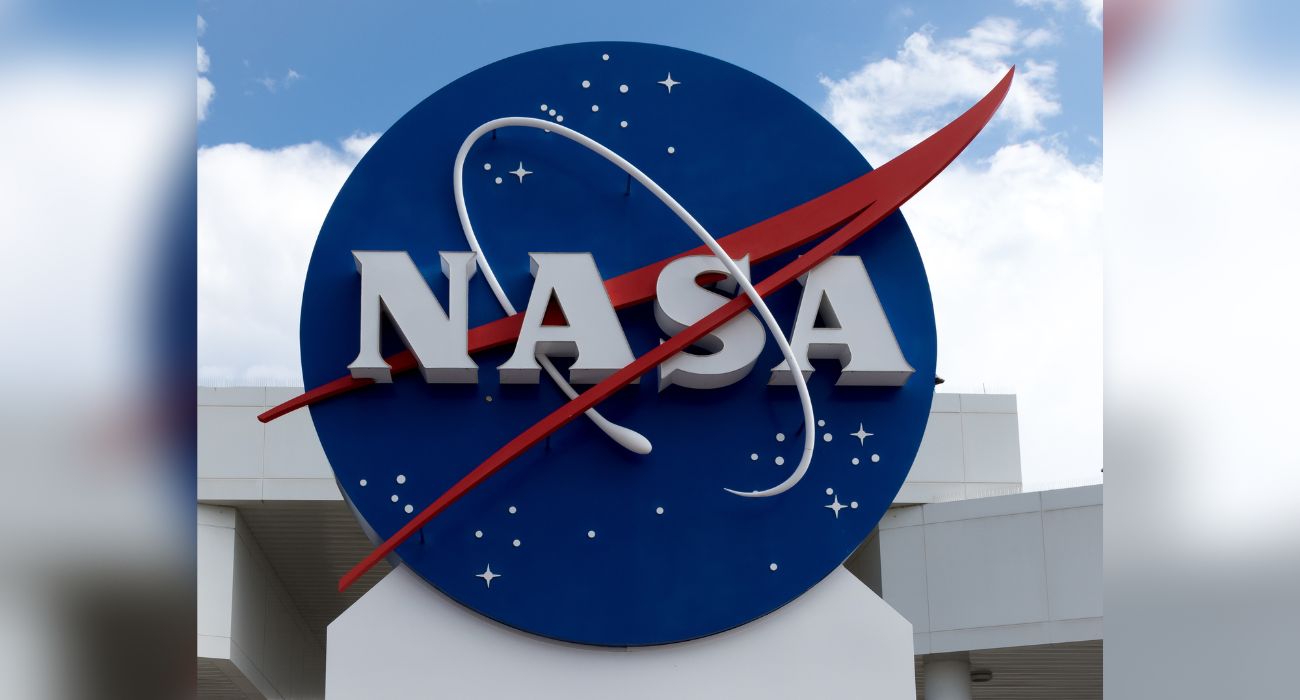NASA has begun preparations for a manned mission to Mars.
The agency has constructed an artificial environment and habitat to simulate life on the red planet. Recruiting for this endeavor began in 2021.
This environment is almost entirely 3D printed.
On April 12, the agency revealed this habitat, in which participants will live for an entire year during a press tour.
This simulation, known as the Crew Health and Performance Exploration Analog (CHAPEA), will host three of these 1-year surface simulations and will take place at a research station in Houston.
These participants will live inside a 1,700-square-foot habitat known as Mars Dune Alpha. This habitat includes two bathrooms, a vertical farm for food, a rest area, an infirmary, and workstations.
“We’re really looking at how the crew performance and health changes based on realistic Mars restrictions and lifestyle of the crew members,” said Raina MacLeod, CHAPEA deputy project manager, according to NASA in March of this year. “So, the lifestyle is what we’re trying to simulate by setting up a realistic environment and workload for the CHAPEA crew,” she continued.
This entire facility is located inside a hangar. An airlock connected to the habitat will lead to a reconstruction of the Martian environment. This reconstructed environment features a red sand-covered floor, a greenhouse, and a weather station.
Participants will also experience a simulation of Mars’ decreased gravity by walking on treadmills while suspended by straps.
The first 1-year trial is set to occur this summer, according to Phys.org
NASA will monitor the physical and mental health of the participants and measure the effect that isolation will have on them.
Grace Douglas, the lead researcher on these trials, said that these trials would also lead researchers to understand how those on the manned mission will manage and use resources.
“We can really start to understand how we’re supporting them with what we’re providing them, and that’s going to be really important information to making those critical resource decisions,” said Douglas, according to Phys.org.
Before a manned mission to Mars is attempted, the agency is focusing on the ongoing Artemis Missions to the moon.
The agency had a successful launch and return of its Artemis I mission. It recently unveiled the crew of its Artemis II mission, as previously reported by The Dallas Express. These astronauts will embark on a ten-day journey to orbit the moon before returning to Earth.
The Artemis III mission will send a human crew to the lunar surface. It is scheduled to occur in 2025.






